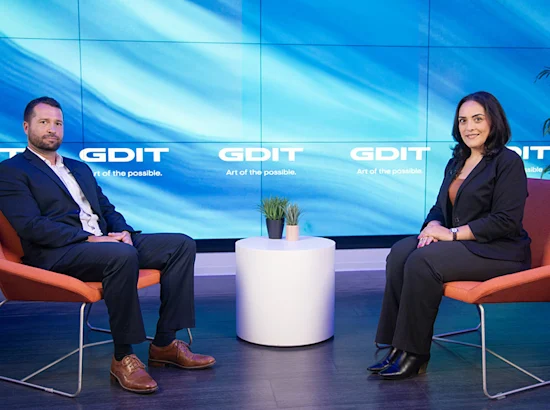Recently, the National Geospatial-Intelligence Agency (NGA) announced it had named is first-ever Chief Artificial Intelligence Officer, Mark Munsell. This move made the NGA one of the first of the intelligence agencies to create such a post, sending a clear and unmistakable signal to the AI industry and to the global intelligence community about the role AI will play in shaping the future of intelligence.
While the NGA is a first-mover right now, I expect we will see many more newly appointed Chief AI Officers across the intelligence community in the future.
AI in the C-Suite is Good for the Mission
AI in the intelligence agency C-Suite is most certainly good for the mission. Chief AI Officers will be able to engage with industry in new and meaningful ways and put long-standing pain points, such as triaging data, as top areas of focus. They can drive the adoption of AI-based tools – like computer-aided “first look” tools for assessing imagery. The use of AI in this way allows for automated tipping and queuing of imagery to analysts, which can be customized based on dynamic world events and mission requirements, enabling more rapid and comprehensive analysis.
In another example, finding hidden relationships and patterns within disparate data sets is a perfect use for AI. An AI champion in the C-suite can accelerate the adoption and enhancement of tools that use AI to detect relationships based on algorithmic analysis of metadata attributes. This allows for second-level or even third-level relationships to be uncovered across enormous amounts of data, informing predictive analytics and enabling an agency to get in front of future threat vectors.
With Chief AI Officers as part of their leadership teams, agencies will be able to more fully participate in industry-wide collaboration on topics such as enhancing system and capability interoperability or AI standards in areas such as model development, or metadata attribution. This puts them in a position to shape those standards and processes for the good of their missions now and into the future. The inclusion of top-level AI leaders will help ensure AI capabilities are developed with a “whole-of-agency” mindset, improving mission impact, efficiencies and cost savings from the outset.
Top Priorities for Chief AI Officers Feature Real Impact
With so much potential impact at their fingertips, Chief AI Officers need to define and embrace several strategic priorities at the outset to inform decision-making and investment in AI. They should involve developing a concentrated strategy for integrating AI into missions as needed, avoiding redundant spending on AI infrastructure in silos.
Chief AI Officers should embrace the leadership mantle within their organization and set policies focused on safety and human checkpoints – all of which will further the continued, responsible use of AI. Chief AI Officers set the tone for partnership and collaboration among teams across the agency as AI solutions are developed and implemented across the enterprise.
A focus on investment, integration, safety and partnership will make AI initiatives much more successful while enhancing and advancing the mission as well.
They Act as Workforce Accelerators and Facilitators of Mission Collaboration
Chief AI Officers will play a leading role in shifting the entire analytic skillsets of their organizations, and the organization mindset. In today’s environment, knowing a nation’s order of battle and how to use an Electronic Light Table (ELT) or a Geographic Information System (GIS) tool is no longer sufficient. Analysts must intimately know and understand their data and adhere to standards like metadata attribution, for example. Data engineering is going to be a skillset that becomes a core competency at the agency, and basic AI tenants will become competencies in order to ensure that when large language models (LLMs) or other AI tools are selected, they are done so in a manner that renders the best possible outcomes based on constraints of the data.
In reality, the entire intelligence community should be counted as a mission partner with Chief AI Officers. These officers can be important connective tissue that exists today informally within teams. Building on an already strong foundation, they are facilitators and accelerants for mission collaboration across the intelligence community.
For all of these reasons, the NGA’s appointment of a Chief Artificial Intelligence Officer ensures that the implementation of Artificial Intelligence capabilities, when coupled with National Geospatial data, will deliver critical geospatial intelligence in an increasingly accelerated world deluged with data– and that’s a very, very good thing.






